Japan's Nuclear Regulation Authority on December 27 lifted the ban on Tokyo Electric Power Company's Kashiwazaki-Kariwa nuclear power plant.
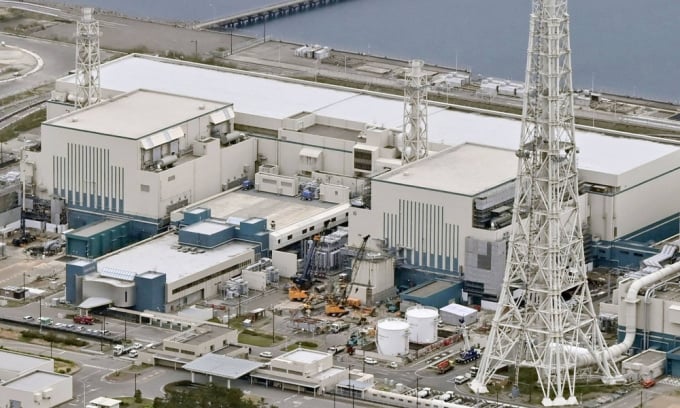
Reactors No. 6 and No. 7 of the Kashiwazaki-Kariwa nuclear power plant in April 2021. Photo: Kyodo
The Kashiwazaki-Kariwa nuclear power plant, 250 km north of Tokyo, is moving closer to restarting operations after Japan's Nuclear Regulation Authority (NRA) lifted a moratorium imposed two years ago. The plant is the world's largest nuclear power plant, with seven reactors and a total capacity of 8,212 MW. The plant's operator, Tokyo Electric Power Company (TEPCO), continues to work to restart the plant, but the timing remains uncertain as it also needs approval from local authorities.
Located on a 4.2 square kilometer site in Niigata Prefecture, the Kashiwazaki-Kariwa Nuclear Power Plant was the world's first advanced boiling water reactor (ABWR) facility, established in 1985. During its operation, the Kashiwazaki-Kariwa plant had to shut down partially or completely several times due to technical problems and earthquakes in the area. However, following the Fukushima nuclear power plant disaster in 2011, the Kashiwazaki-Kariwa plant had to shut down for a long period of time.
In 2017, reactors No. 6 and No. 7 at the Kashiwazaki-Kariwa plant passed the NRA’s safety screening required for restart. However, in 2018 and beyond, a series of lapses in anti-intrusion measures were discovered, including a malfunction in intruder detection equipment and an incident in which a TEPCO employee entered the central control room using another employee’s identification card.
The NRA imposed a moratorium in April 2021, prohibiting the transportation of nuclear fuel at the plant. After more than two years, the NRA lifted the ban and said it would continue to closely monitor whether TEPCO's improvement measures were being neglected.
As the world moves toward reducing fossil fuel use, some energy experts predict a return to nuclear power could help address the intermittent supply of renewables like solar and wind. Japan, which aims to be carbon neutral by 2050, also needs to reduce its dependence on imported fuel and could use its existing infrastructure to increase its energy supply.
Thu Thao (According to Interesting Engineering )
Source link





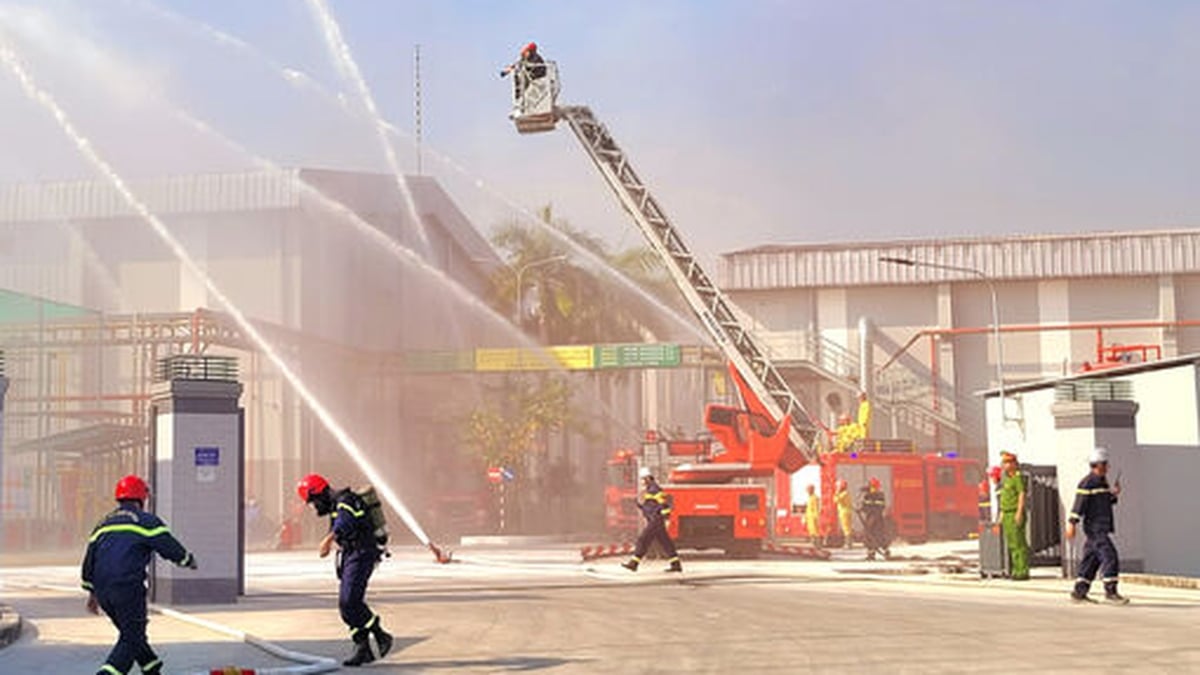
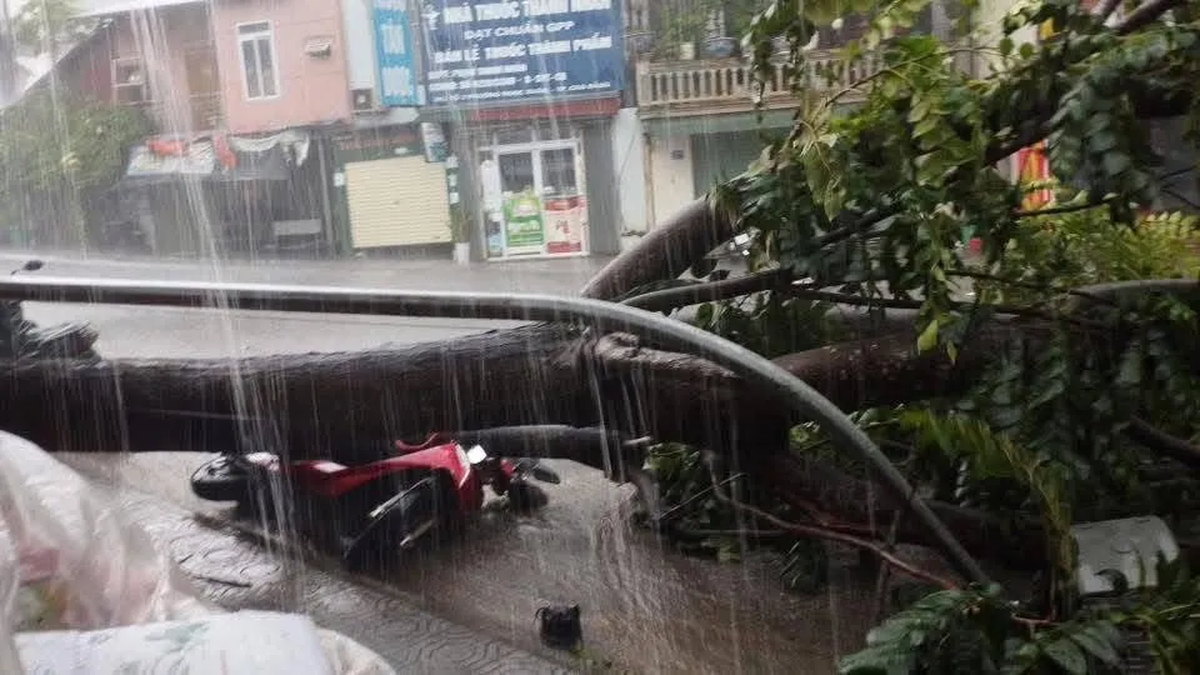




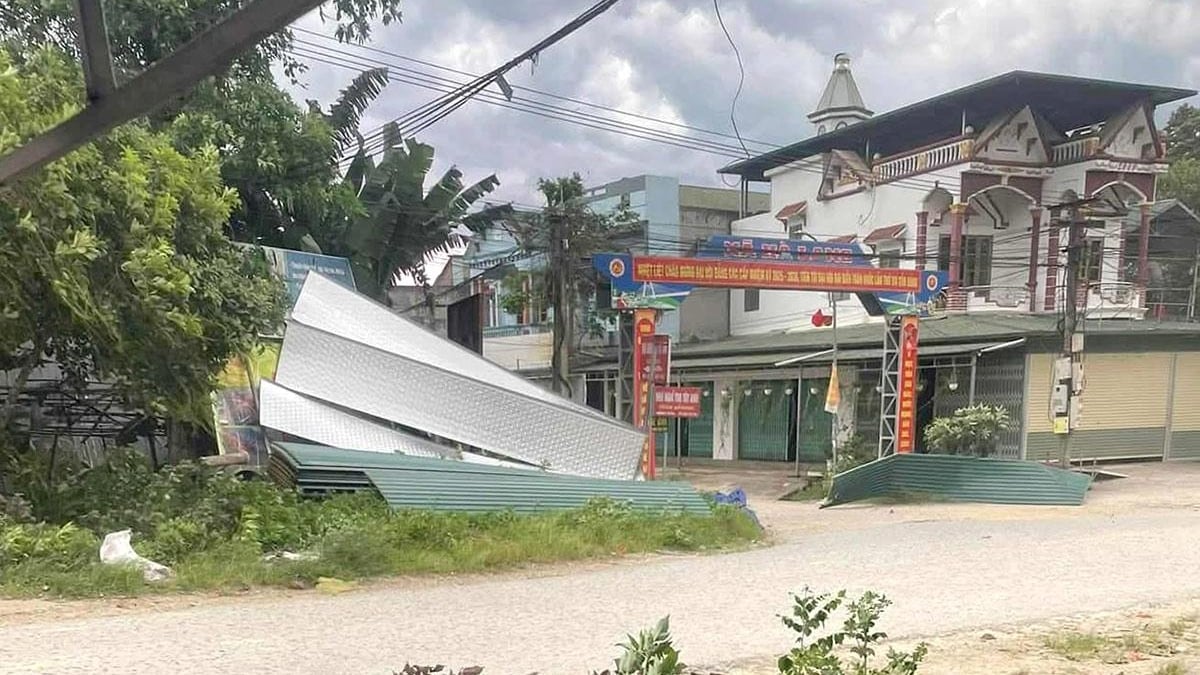















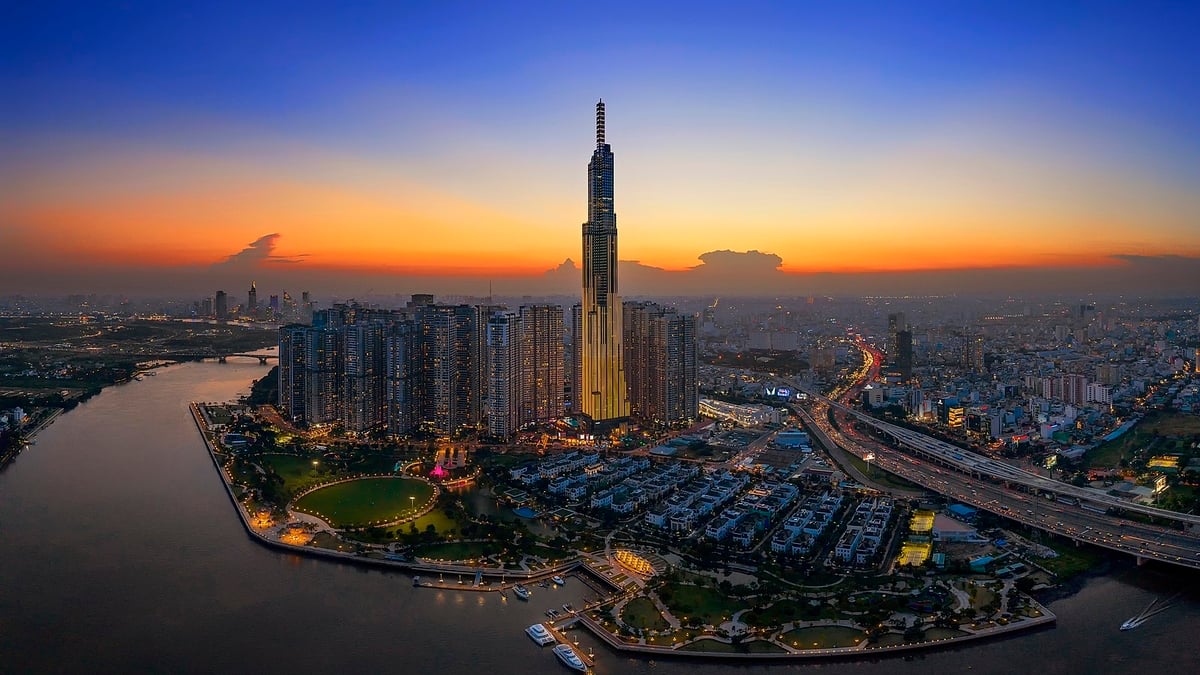


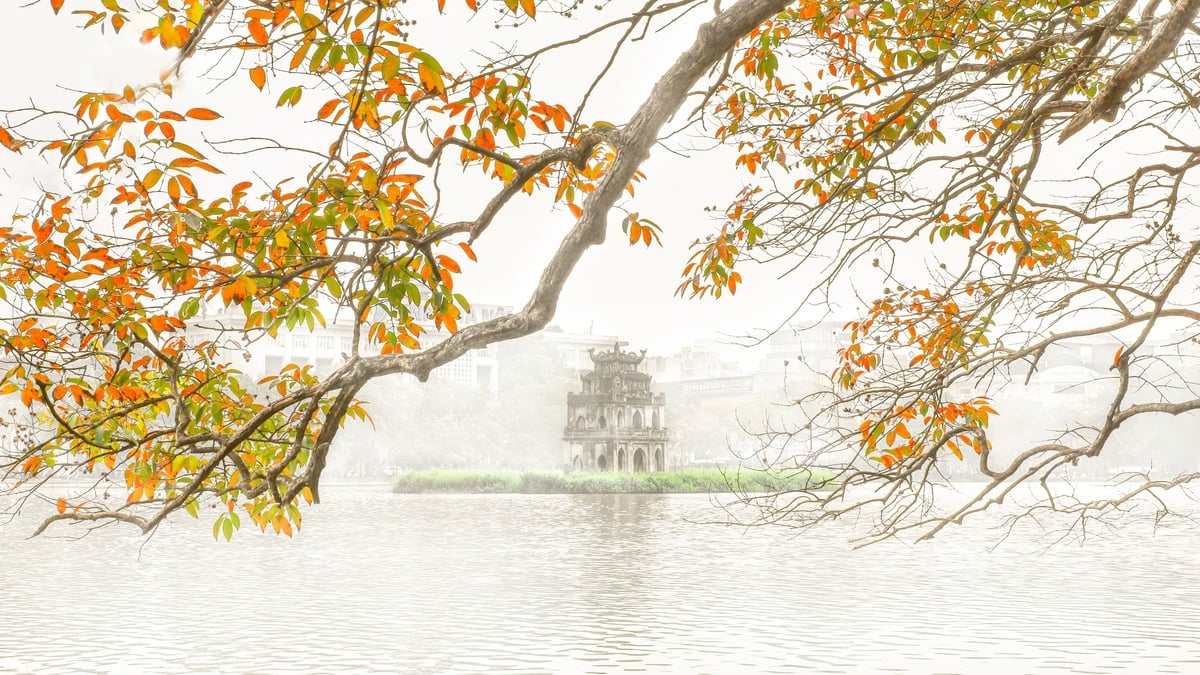





























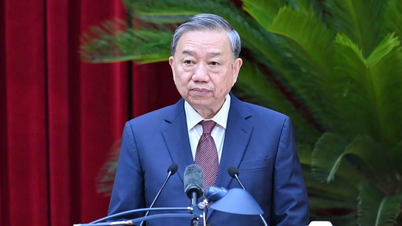
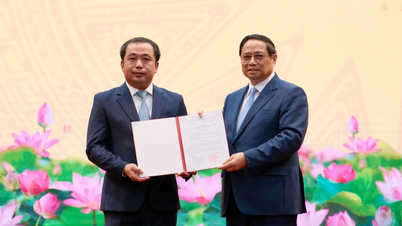





































Comment (0)